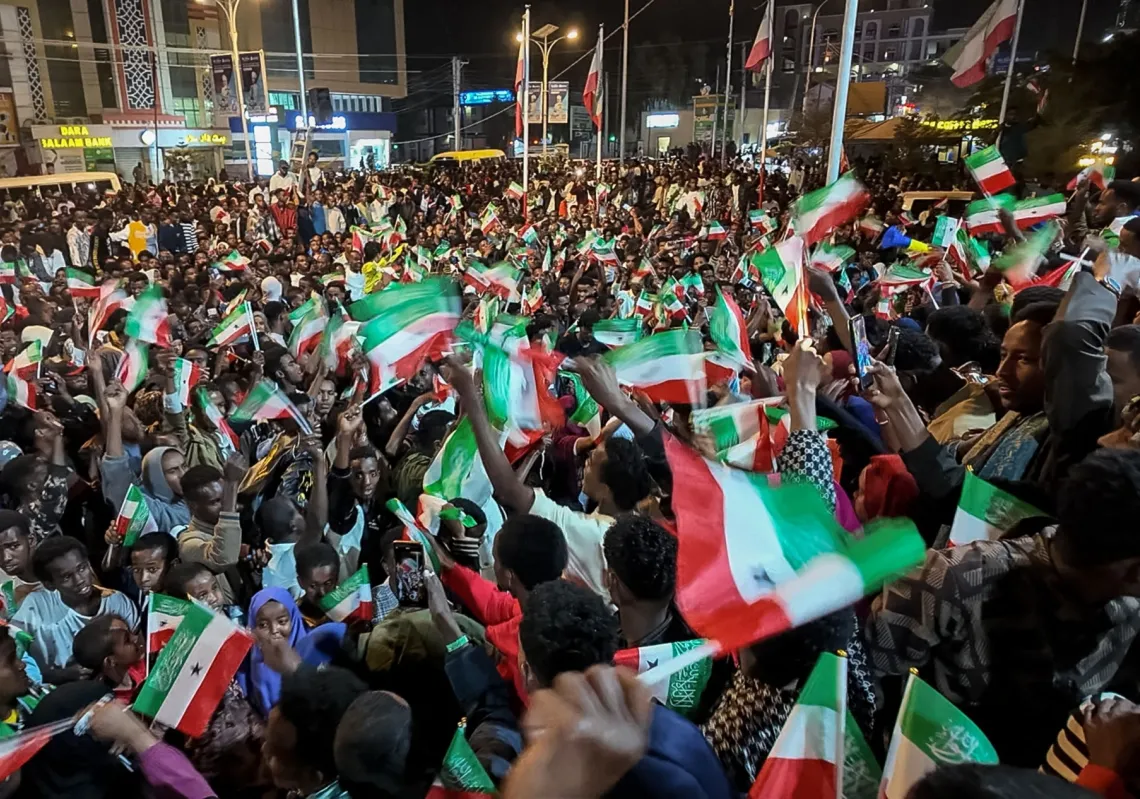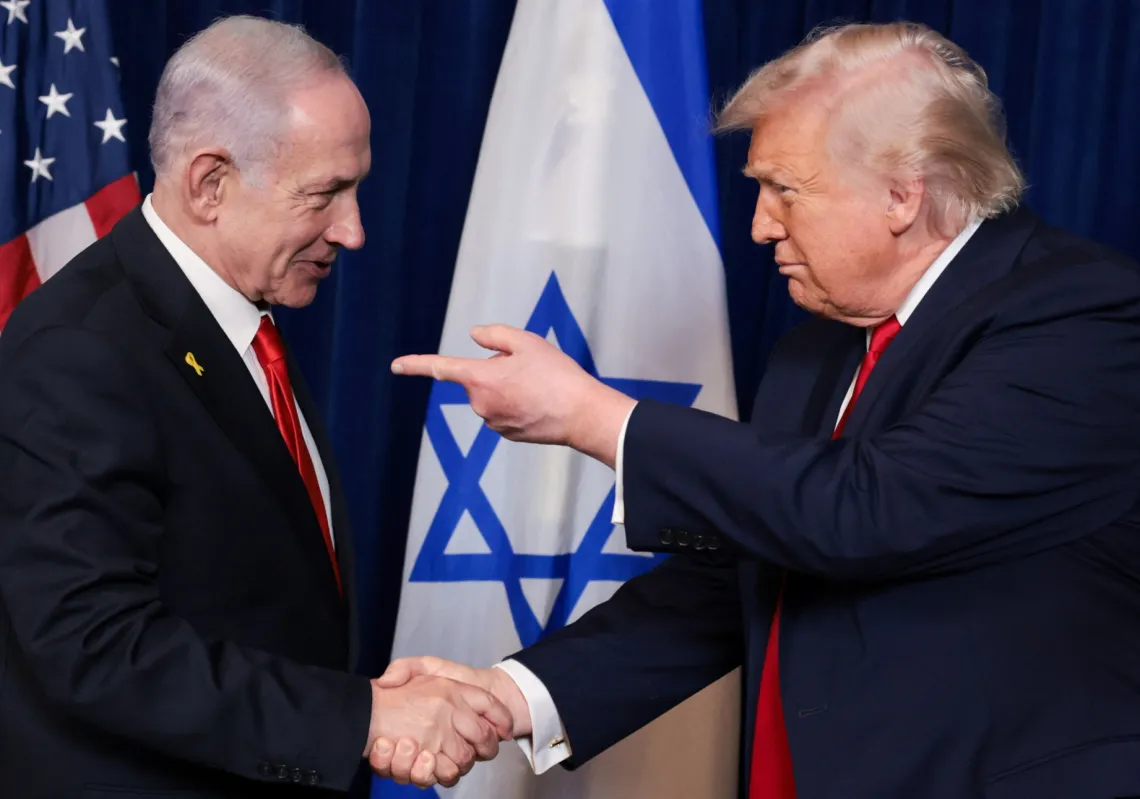Since the outbreak of war between Hamas and Israel, there has been a strategic repositioning of militias in Syria affiliated with Iran.
They have significantly bolstered their presence in the Golan region in response to the air strikes against the Gaza Strip. This could be a sign of preparations to open a front against Israel in the area for the first time since the disengagement agreement of 1974.
There have been engagements between Hamas and Israel since then in Golan. But up until now, they have primarily consisted of minor skirmishes involving mortar shell firings from Syrian territory and the Israelis returning fire.
Israel has also hit Aleppo and Damascus international airports in Syria with repeated air strikes, putting both out of action.
On 25 October – in response to missile launches from Syria into Israel the previous day – Israel targeted military infrastructure and mortar launchers belonging to the Syrian army in the Daraa countryside. It killed 11 Syrian soldiers, including four officers, as reported by the Syrian Observatory for Human Rights.
The United States disclosed that it attacked two facilities in eastern Syria used by the Iranian Revolutionary Guard and its proxy groups. It said it was in response to a series of attacks on US forces in both Iraq and Syria.
Militias on the move
Iranian-affiliated militias have been deployed in Syria since May 2011, around six-to-seven weeks after protests against the Damascus government began.
The Syrian Observatory for Human Rights (SOHR) estimates there are over 65,000 personnel in militias in government-controlled parts of the country, made up of Iraqis, Lebanese, Afghans, and Pakistanis, as well as Syrians.
There may be more. The commander of Iran’s Revolutionary Guard, Hossein Salami, said in August 2020 that numbers were above 100,000 in around 70 militia groups.
In December 2021, the SOHR looked at southern Syria and concluded that there were around 11,500 fighters in the Dara'a, Quneitra, and Suwayda governorates.
Recruitment efforts for these militias are conducted through the Al-Areen Battalions, closely linked with Brigade 313. The headquarters of Brigade 313 is strategically located in various areas, including northern Dara'a, the Al-Lajat region within the Dara'a countryside, Khan Arnabah, Al-Baath city in Quneitra's countryside, and the Suwayda countryside.
According to the news website IranWire.com, Tehran set up 16 localised combat groups under the banner of Syrian Hezbollah in southern Syria after the Damascus government secured control of the area in 2018.
Furthermore, information obtained by Al Majalla indicates that non-Syrian militias have increased in this region since the early years of the civil war. They include fighters from Hezbollah and a range of foreign nationals.
Syrian Hezbollah
IranWire.com – run by professional journalists within the country’s diaspora and citizen journalists who are still there – compiled a list of the most prominent militia groups affiliated with Syrian Hezbollah:
Saraya Al-Areen is a military unit comprised of residents of Dara'a, with its central headquarters in the Al-Kashif neighbourhood. It has 600 fighters under the leadership of Waseem Massalmeh. Primarily funded by Iran, its primary mission is to collaborate with the Syrian army within the Dara'a Governorate.

















